The 18,000 bird species around the world have one thing in common - they all have only one beak! But they vastly differ in shape and function - Let us see how!
It's fascinating how the number of types of birds is beyond our human imagination. Because of their ability to fly, birds have been able to survive for the longest time. Their symbiotic relationships with the other living and non-living species in the habitat have resulted in birds carving, a kind of, an ecological niche for themselves. While they have several fascinating features, today I pen down my little research led by my fascination of bird beaks. So let's take a look!
What exactly are bird beaks?
The beak, also known as the bill, helps birds in probing, picking, drinking, cutting through their food, and preening. It is made of keratin, which will dry and condense to make the beak hard and durable. The beak is made of two parts: the upper mandible that grows out of the skull and the independently hinged lower mandible.
7 Common Bird Beak Shapes
- Spear - Spear beaks are long with pointy tips and are ideal for fishing. Birds like kingfishers and egrets have these beaks.
- Tweezer - Mostly found in insect-eating birds, thin and pointy tweezer beaks help these birds pick and hold on to their food.
- Cracker - Wider at the base, these beaks converge at the tip, giving it a conical shape. Birds like cardinals, finches, and sparrows have cracker-style beaks that help them eat seeds, nuts and small insects.
- Chisel - Birds like hoopoes and woodpeckers have sturdy and long beaks that help cut through hard tree trunks and hunt for food.
- Probe - These beaks resemble a long and slender straw. Sunbirds and hummingbirds have probe-style beaks that help get the nectar from inside the flower.
- Strainer - Usually long and flat, these beaks are found in birds like ducks. The beaks help them scoop the food-laden water and push the extra water out, thus retaining the food.
- Swiss Army Knife - Birds such as crows have swiss army knife beaks that help them eat various types of food like seeds, grains, fruits, insects, fish and even smaller animals.
- Shredder - Usually found in birds of prey, these curved beaks with razor-sharp tips help shred the prey into smaller parts.
Generalist birds and their beaks:
Generalists are types of birds that do not have specially adapted beaks. They can feed on many kinds of food—from insects to seeds and fruits to leftovers.
Specialist birds and their beaks:
Specialist birds are a great example of a relationship between feeding behaviour and evolutionary processes. These birds have specially adapted beaks that help them eat certain types of food.
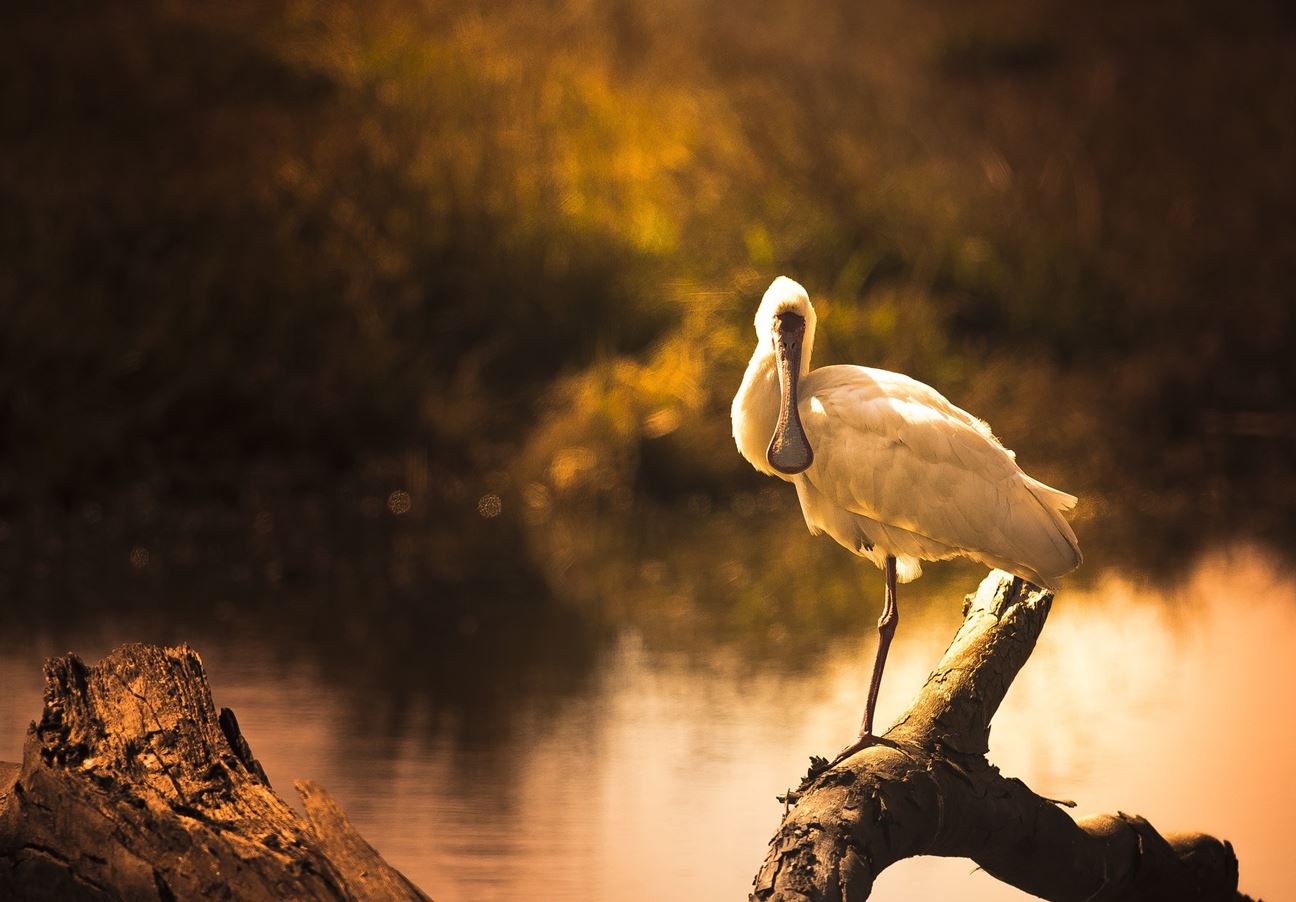 Spoonbill
Spoonbill
These birds have adapted themselves to living on or near water. Some examples of wading birds are cranes, spoonbills, egrets and storks. Their beaks come in different shapes. Herons and egrets have spear-like beaks that grab and stab fish; cranes have long and pointy beaks that probe the mud in search of food; spoonbill’s unique flattened beaks stay open as they make their way through the way and snaps shut when spoonbills find prey.
Beak shape: Beak shapes vary

Pelicans
Piscivorous birds hunt for aquatic prey, especially the fish. These birds have adapted their beaks so that they can detect the prey even when the birds can’t see them. When the prey is found, they usually cut through it with the sharp tip of the beak. The curved part of the beak also ensures that the prey does not escape from the bird’s grip. Seagulls and albatrosses are examples of piscivorous birds. Pelicans are also piscivorous birds but have a gular sac or throat pouch that can store prey and water in.
Beak shape: Long beak with a curved tip
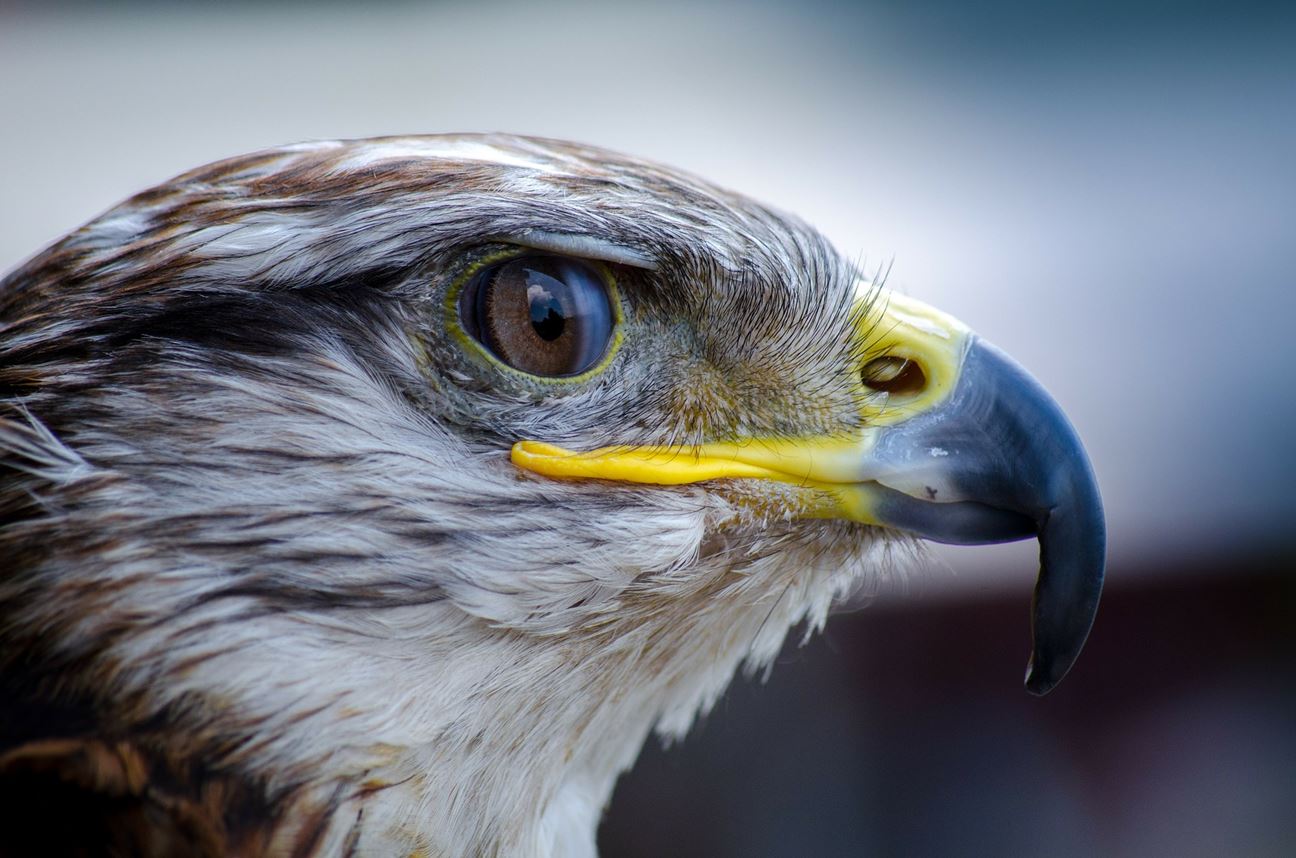 Falcon
Falcon
Carnivorous birds or the birds of prey have strong and curved beaks with a razor-sharp tip. Their beaks have a protruding higher half and the entire beak is securely attached to their skulls. Most of these birds feed on vertebrates, and their beaks help cut through the flesh and tear them into smaller parts.
Beak shape: Sharp and curved
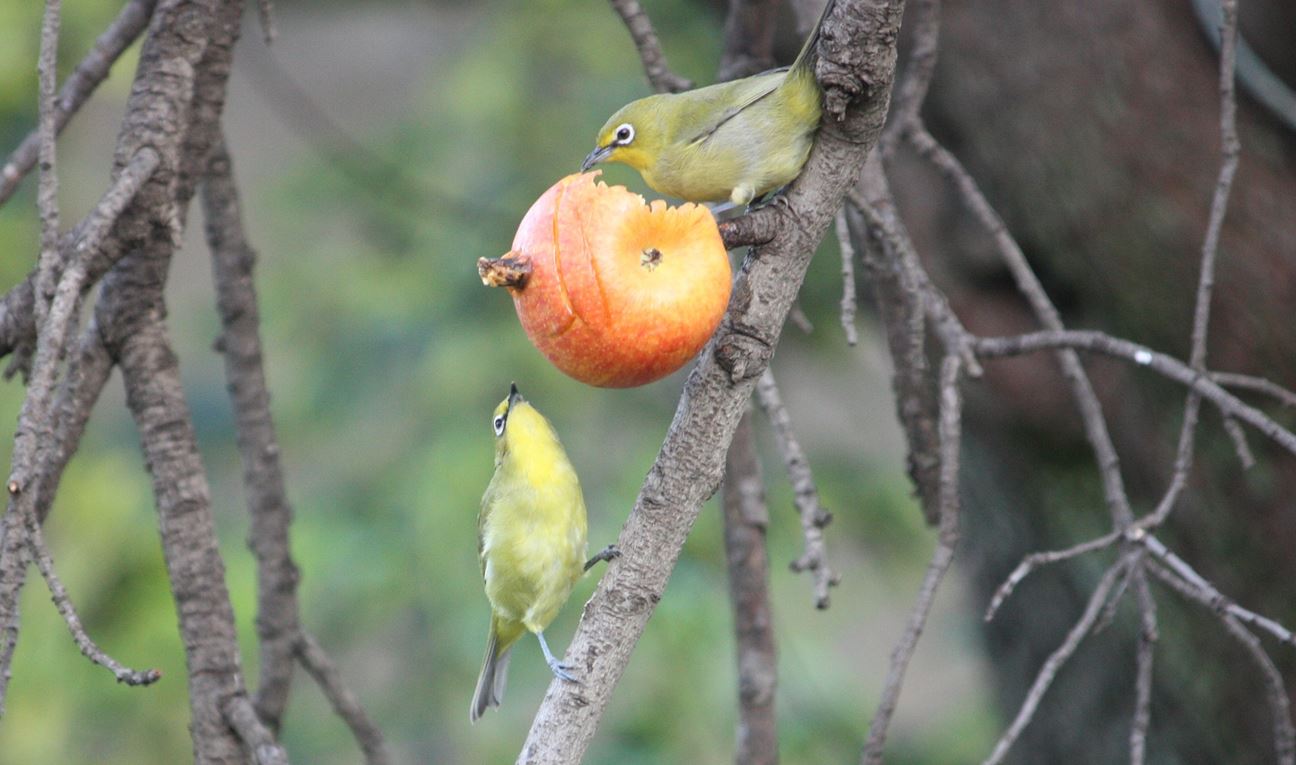 White-eyed Warbler
White-eyed Warbler
Frugivorous birds are the fruit, berry and seed-eating birds. Their specialised bills help them in cutting through and removing the skin of the fruit. While the curved and short upper part of the beak helps them in extracting the edible part of the fruit, the lower flat part helps in splitting open hard fruits. These are the only birds that can independently move the upper part of the beak.
Beak shape: Short and curved
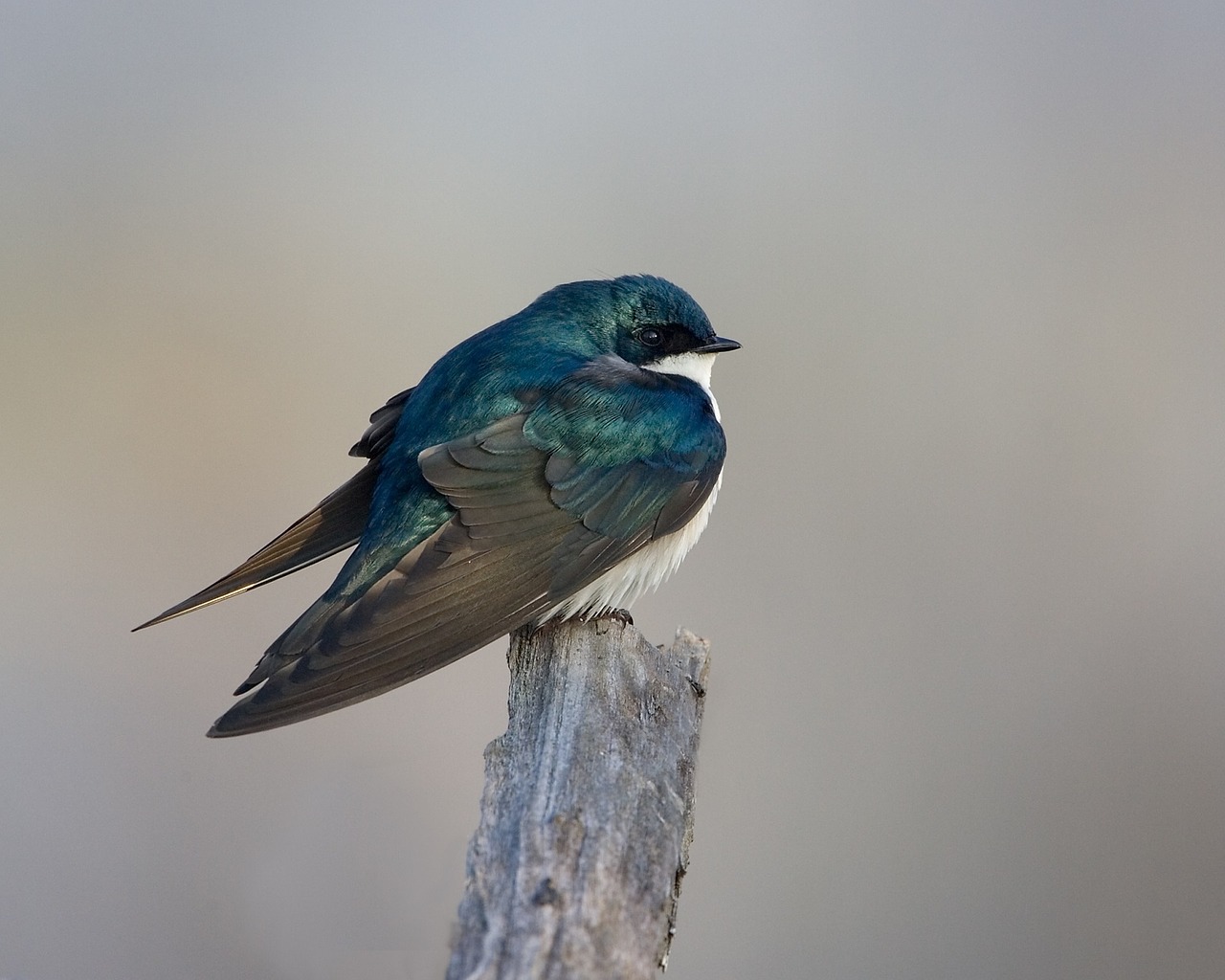 Tree Swallow
Tree Swallow
Insectivorous birds are the insect-eating birds that are found in major ecosystems around the world. These birds are also called bee-eaters as they primarily eat bees. Depending upon their insect hunting style, they have different beaks. Birds like swallows and martins that hunt in the air have short, wide and flat beaks; robins and blue jays hunt when still and have short, straight, thin beaks. Different species of hoopoes feed on invertebrates from under the ground and have slender and elongated beaks.
Beak Shape: Unspecific
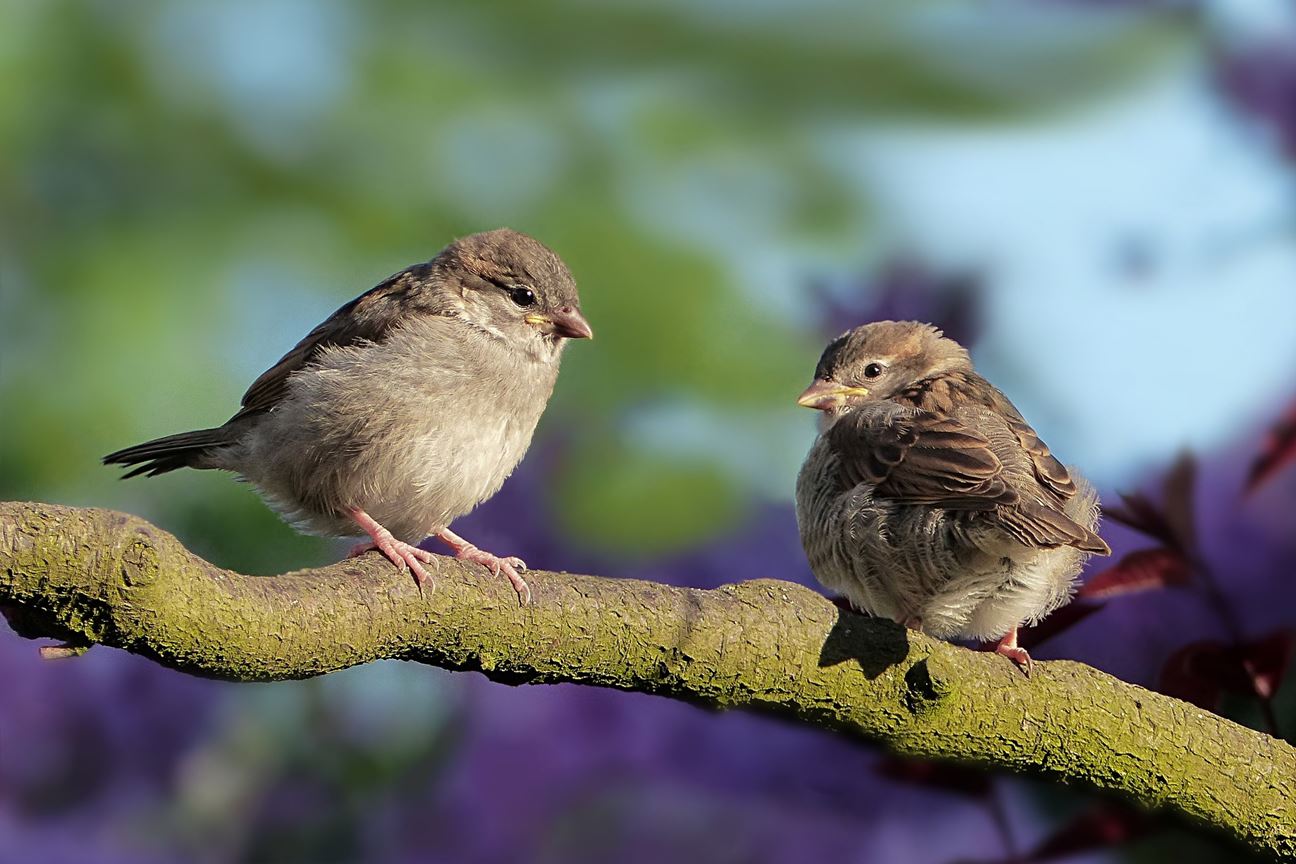 Sparrows
Sparrows
These birds mostly consume seeds and grains, including agricultural grains, flower seeds and grass seeds. Their beaks are short and robust, which allows them to break through the outer covering of the seed. Canaries, sparrows and finches are some examples of granivorous birds.
Beak Shape: Short and conical
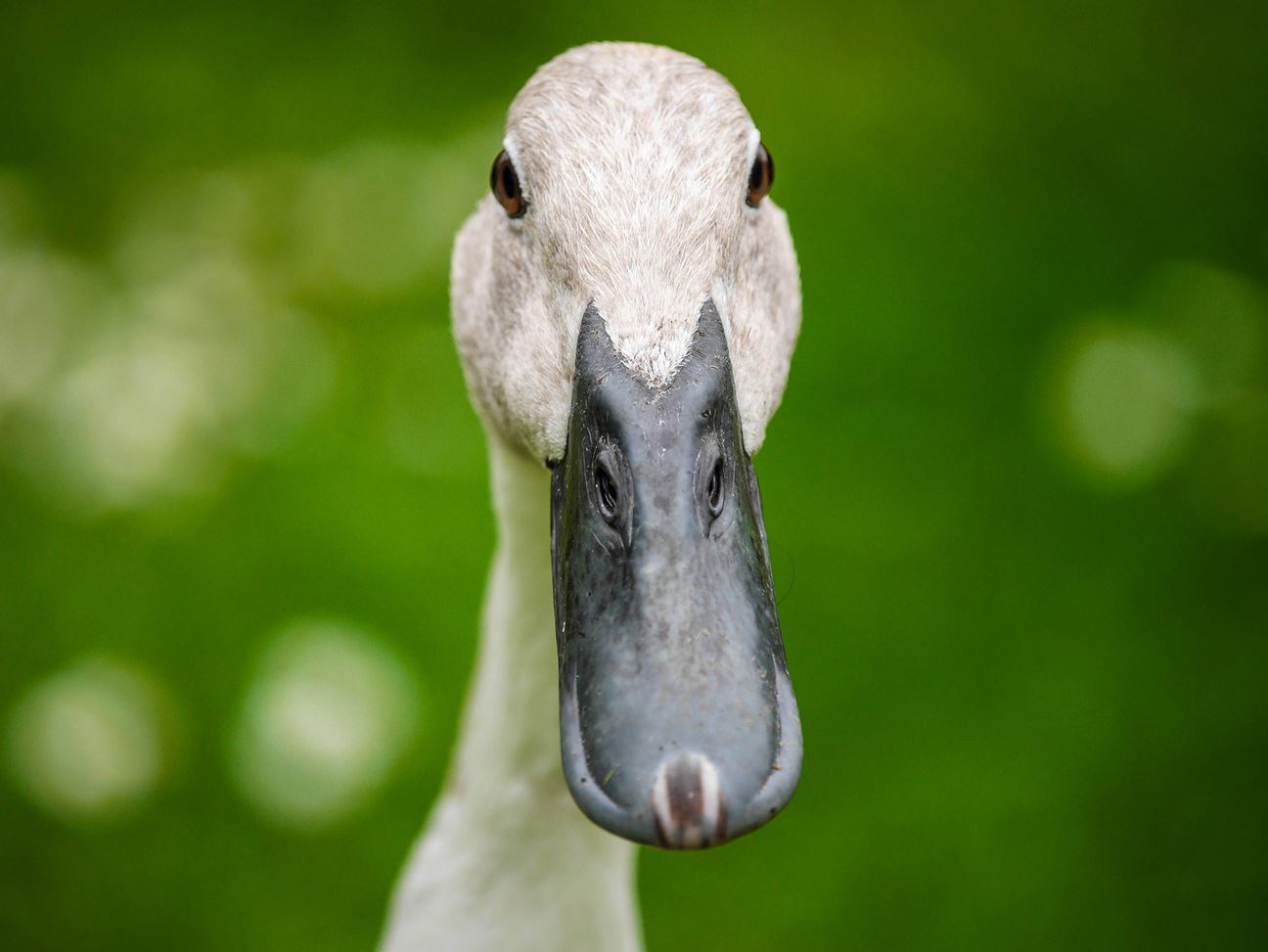 Duck
Duck
These birds have a kind of filtering mechanism that helps them strain the food particles from water. They collect large volumes of particle-loaded water and force it through their sieve-like lamella. These lamellae are located inside their beaks. Swans, ducks and flamingos are a part of this group.
Beak Shape: Wide and flat
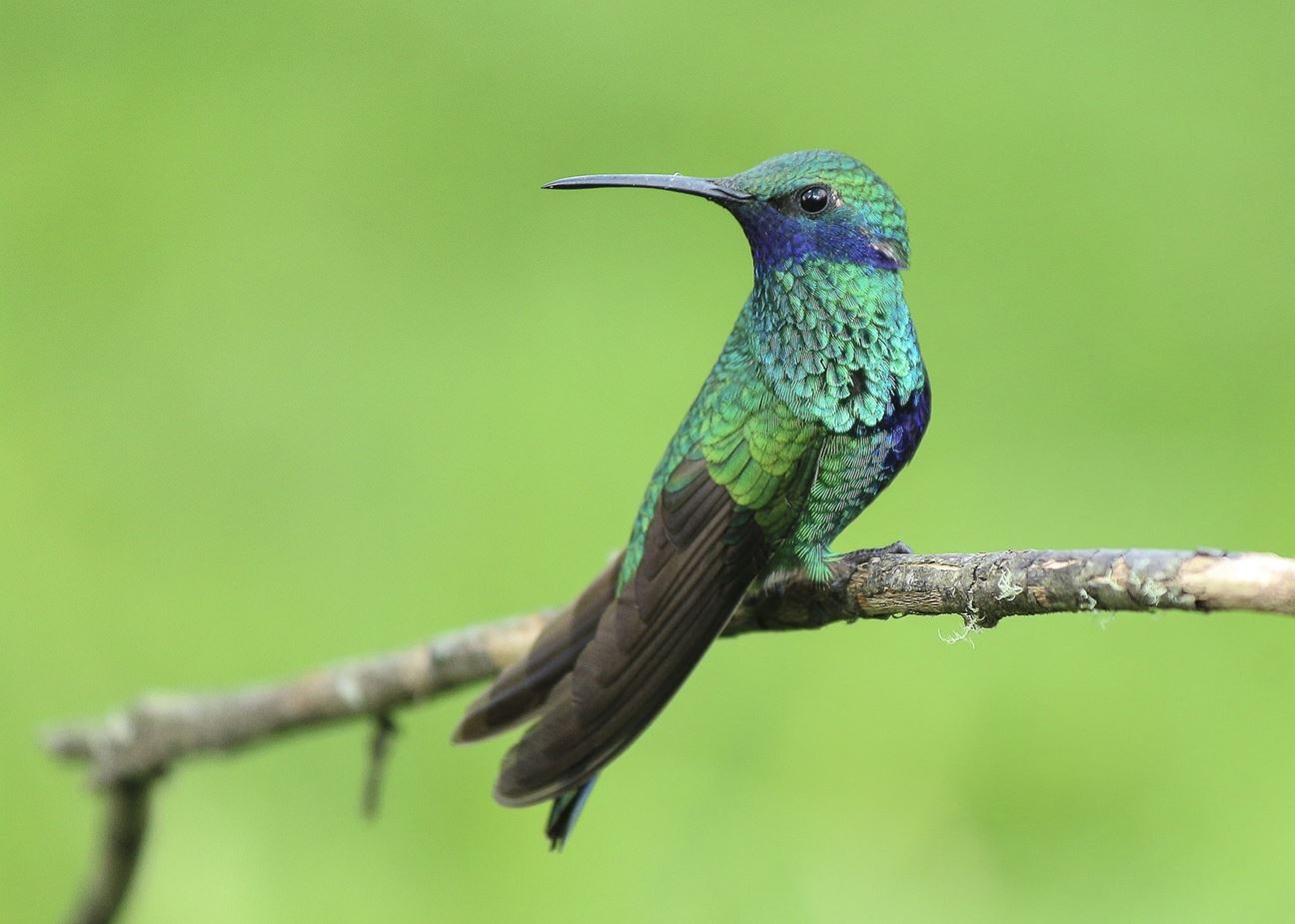 Hummingbird
Hummingbird
The nectarivorous birds are small in size and feed on the nectar from the flowers. Given their body weight, they have long, light-weight, thin beaks that can be inserted in the flower to extract nectar. Nectarivorous birds are the pollinators that use their beaks to transfer pollen from one flower to another.
Beak Shape: Long and tiny
The next time you spot a bird around you, try to observe its beak. You will be amazed by the sheer variation in their shapes, sizes, and colours.